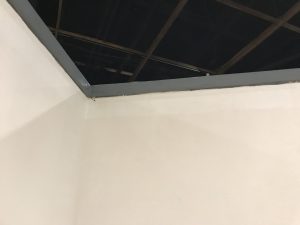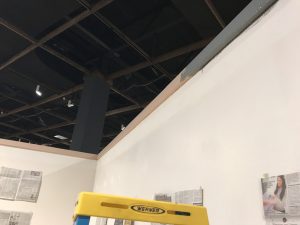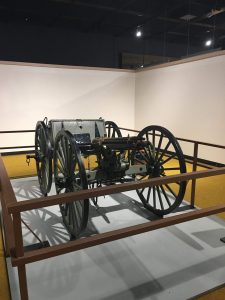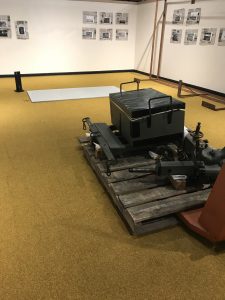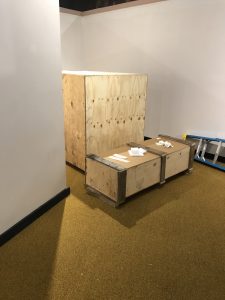AHM Internship – Week 5
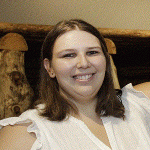 I was able to travel this week during my internship. I got to visit the Lackawanna Historical Society and the Times Tribune building in Scranton. The Lackawanna Historical Society was very interesting as it is an early 20th century house and it doubles as a museum as a research center. It seemed weird to be doing research in an old kitchen. The Times Tribune was probably my favorite as I have never been inside a newspaper office. I was surprised to learn that it looks just like it would on TV, with a floor of several cubicles and phones constantly ringing.
I was able to travel this week during my internship. I got to visit the Lackawanna Historical Society and the Times Tribune building in Scranton. The Lackawanna Historical Society was very interesting as it is an early 20th century house and it doubles as a museum as a research center. It seemed weird to be doing research in an old kitchen. The Times Tribune was probably my favorite as I have never been inside a newspaper office. I was surprised to learn that it looks just like it would on TV, with a floor of several cubicles and phones constantly ringing.
The purpose of my trips were to look for photographs for the exhibit. The ones that I obtained were very interesting as they picture mine cave-ins and and mine fires. 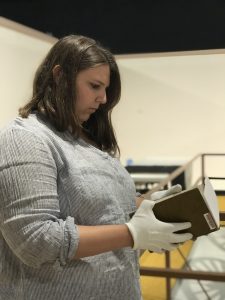
Two of the most interesting were the ones I obtained from the Times Tribune. They feature a search of a mine accident. Women and children were gathered waiting to see if they’re husbands and fathers were going to come up alive or dead. This was everyday life in Northeastern Pennsylvania in the 20th century. This section of the new exhibit is going to be my favorite as it really focuses in on the dangers of mining.

